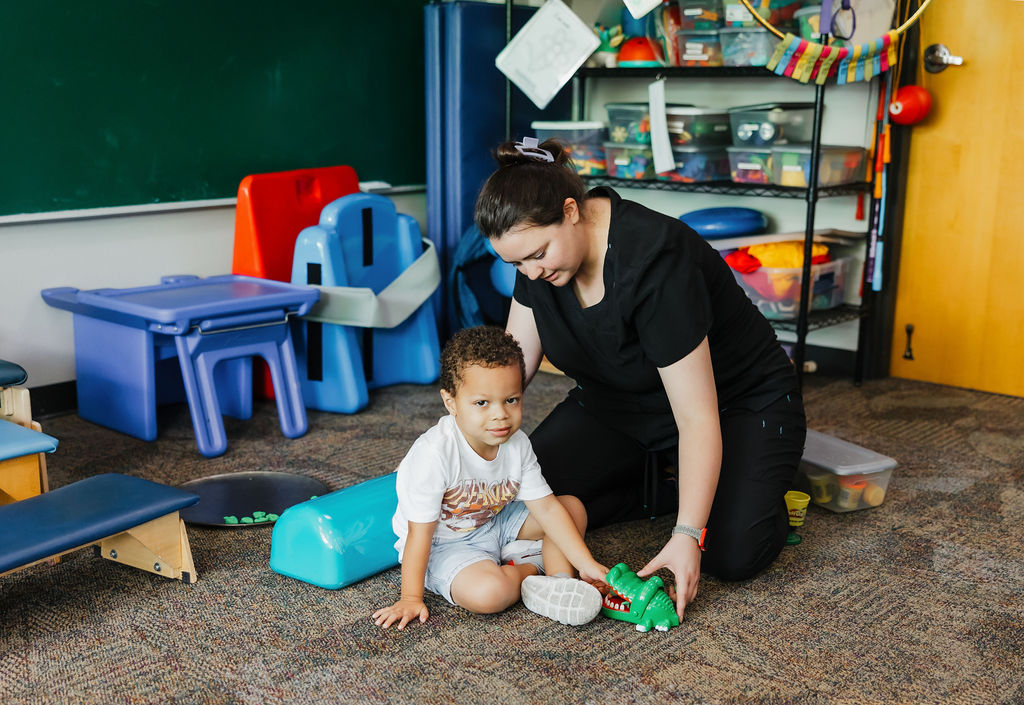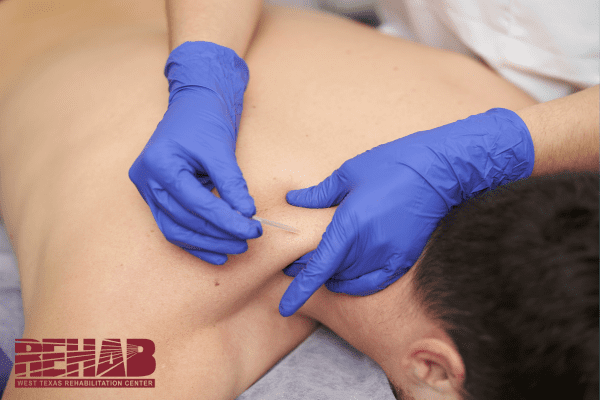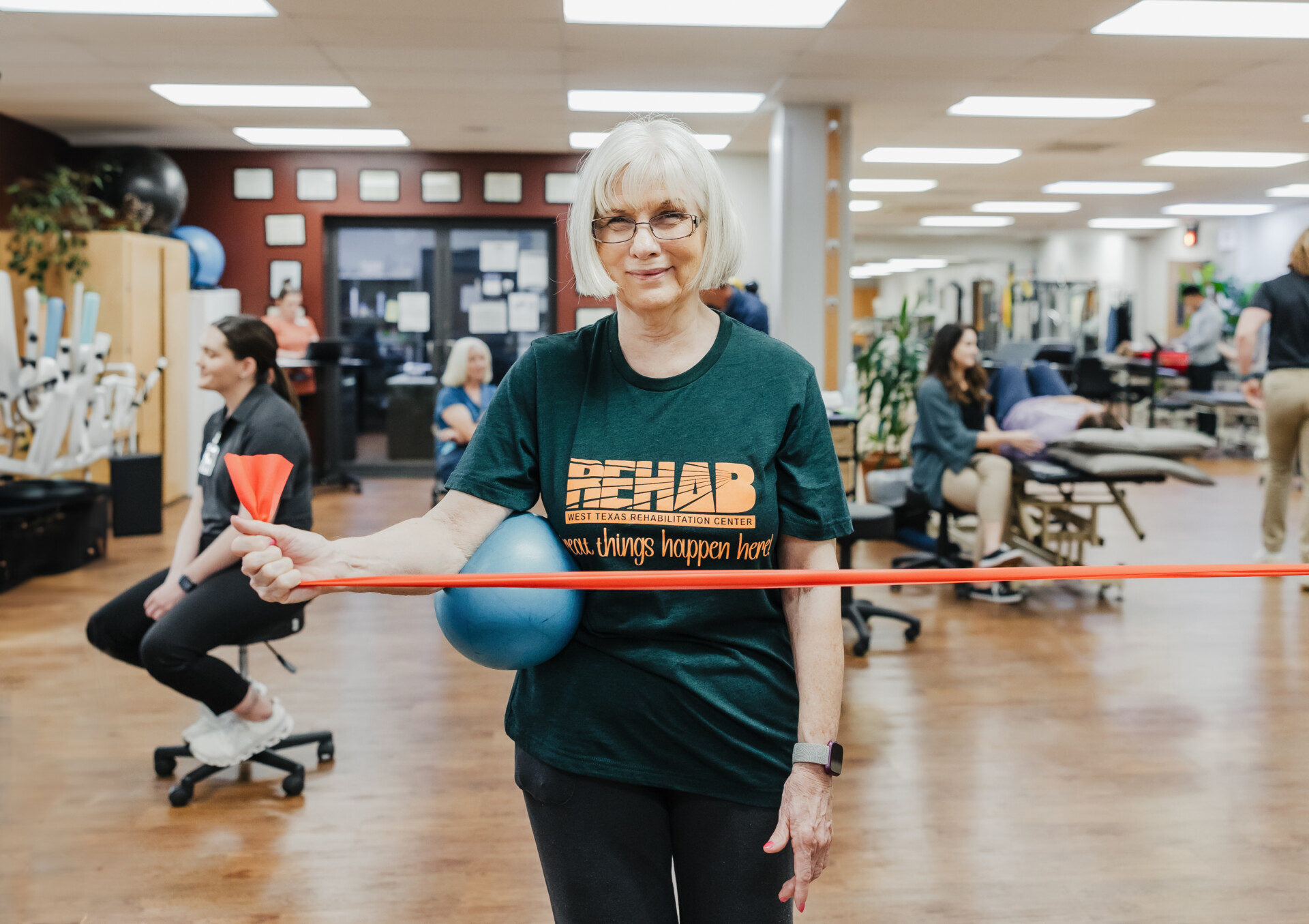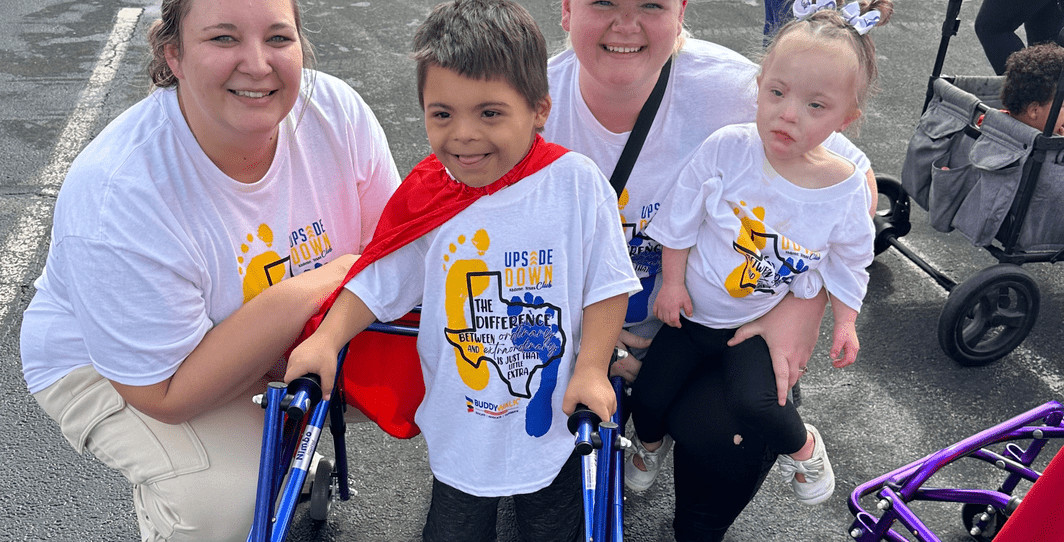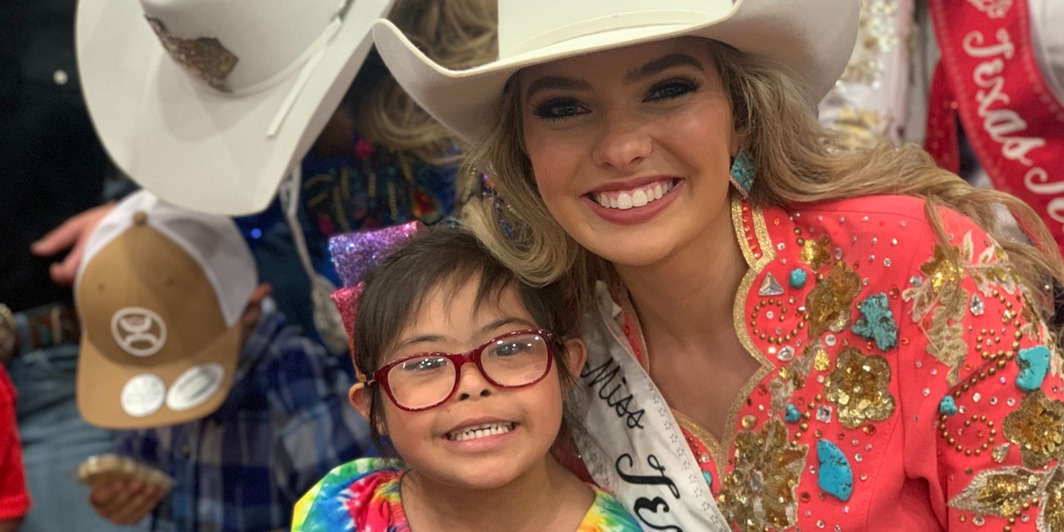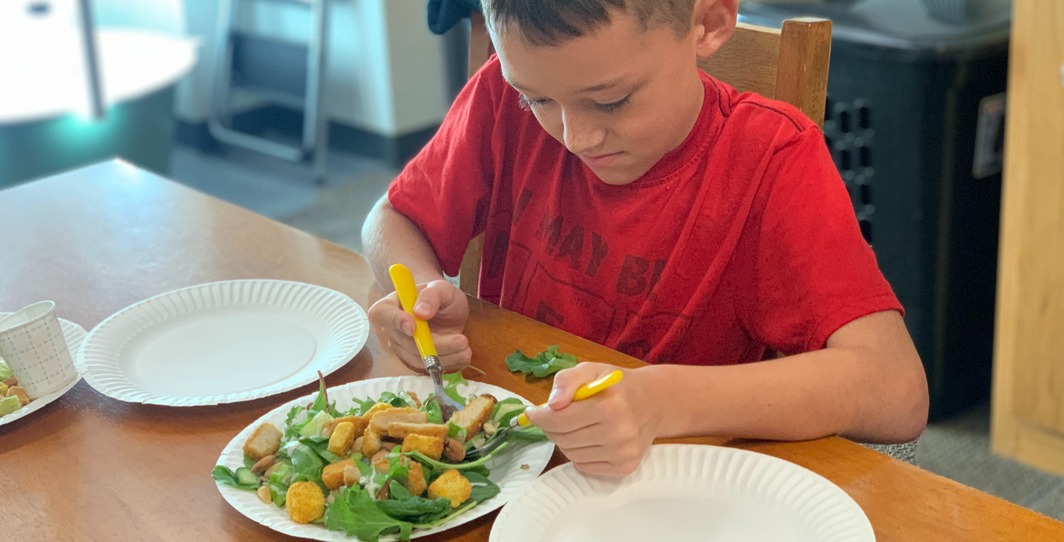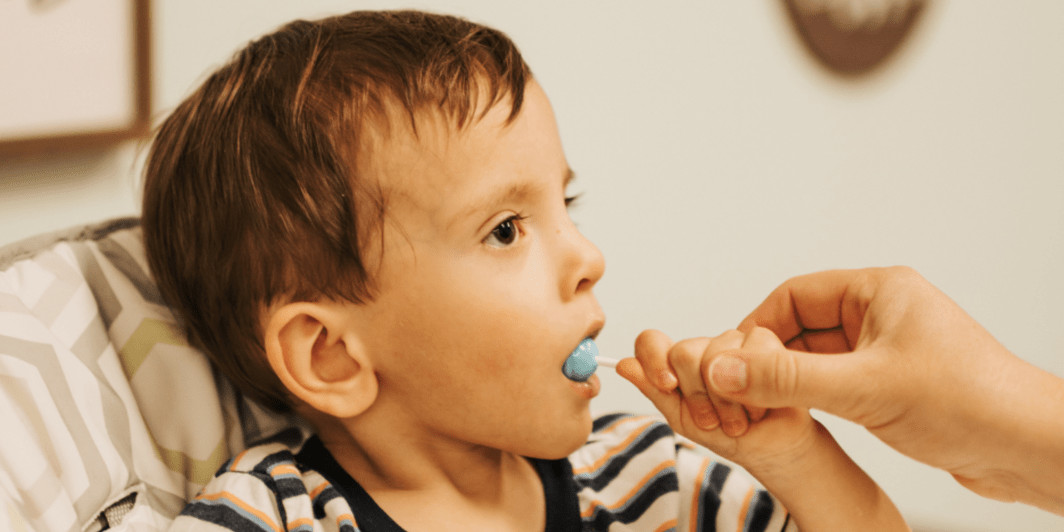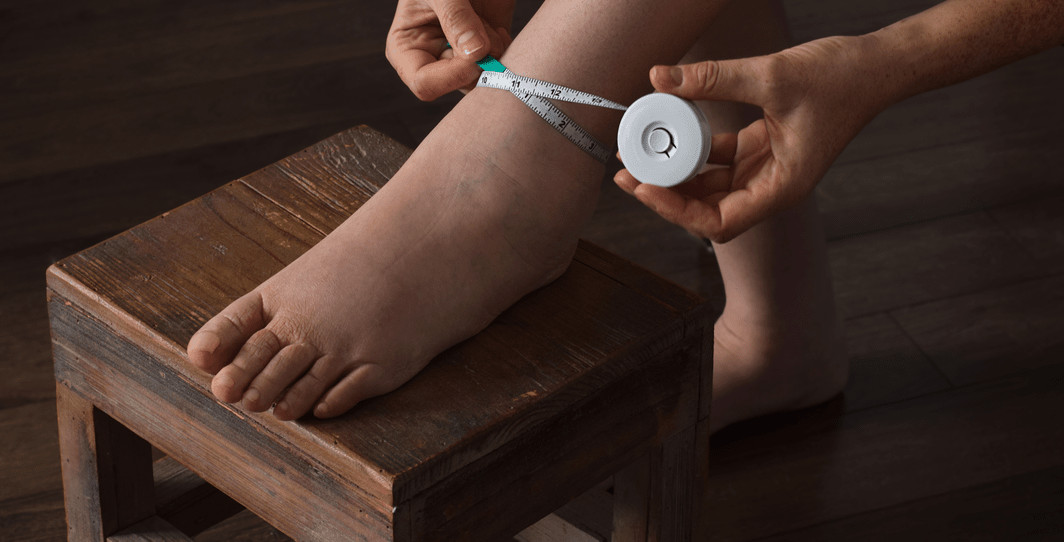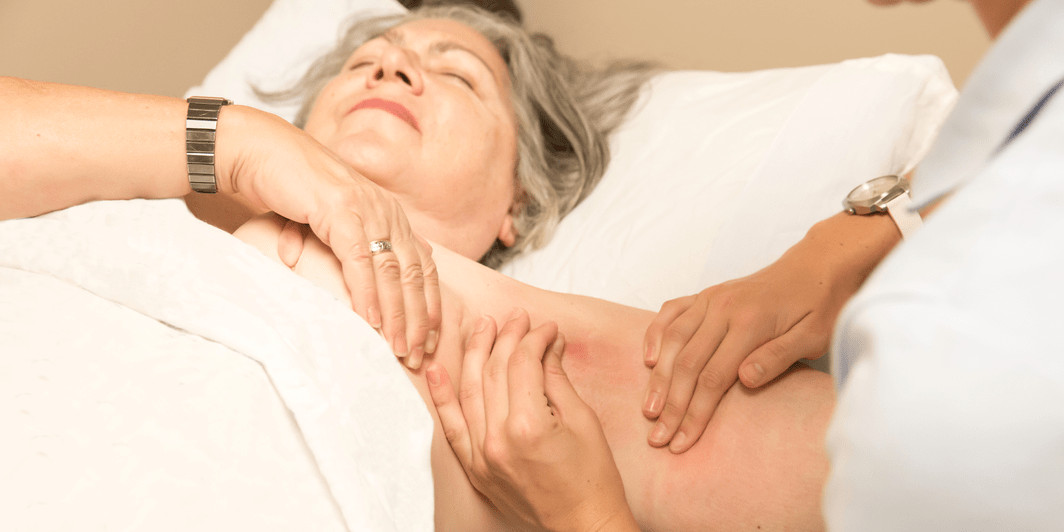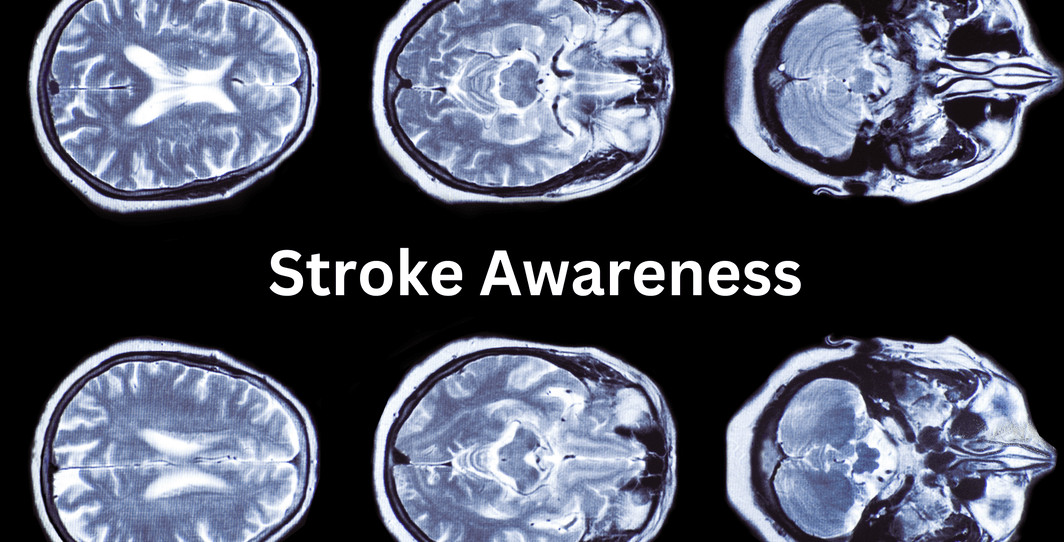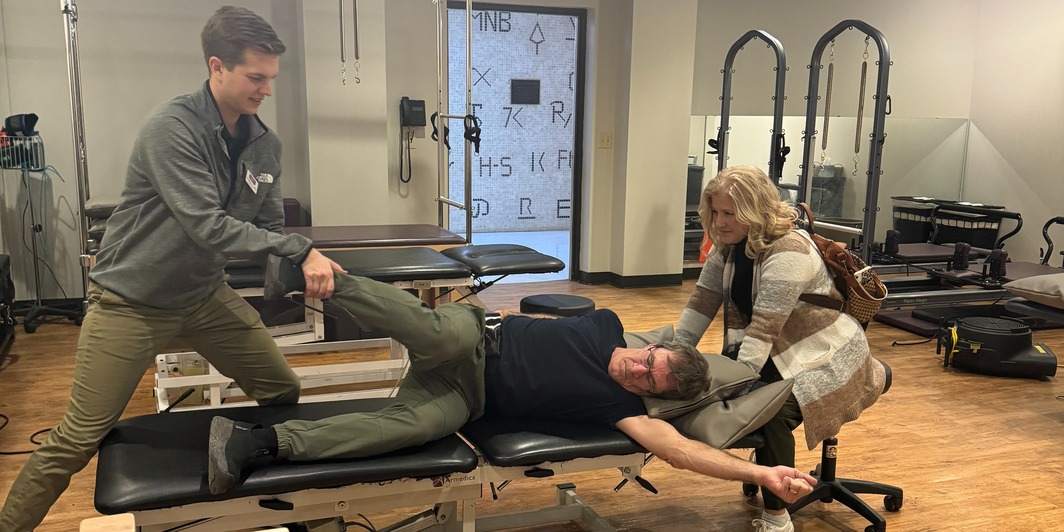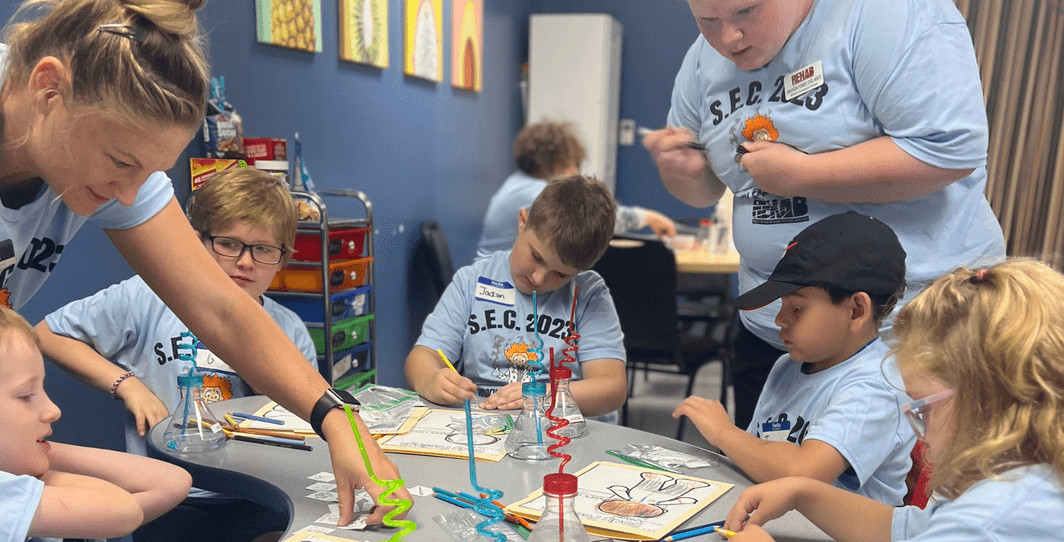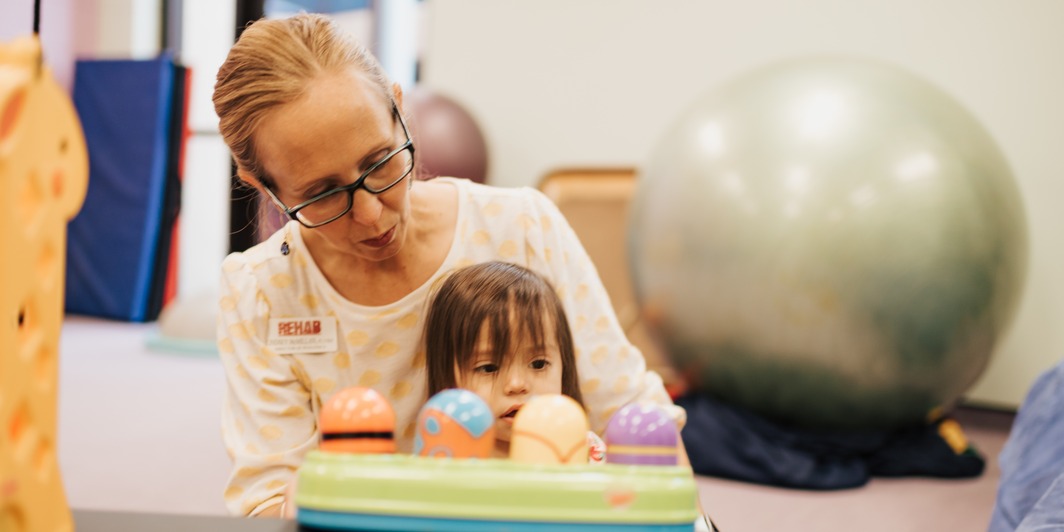Understanding the Role of a Pediatric Occupational Therapist: Celebrating Occupational Therapy Month in April
April is a special time to celebrate the impact of Occupational Therapy (OT), and it’s the perfect moment to shine a light on one of its vital branches: pediatric occupational therapy. With April being Occupational Therapy Month, it’s important to recognize the invaluable work that pediatric occupational therapists (OTs) do to help children develop the skills they need to thrive in daily life.
What is Pediatric Occupational Therapy?
Pediatric occupational therapy focuses on helping children of all ages develop the fine motor, cognitive, social, and sensory skills necessary for everyday activities. While many people associate occupational therapy with adults recovering from injuries or surgeries, pediatric OTs specialize in supporting children who may be facing challenges in their development, whether due to medical conditions, disabilities, or developmental delays.
The goal of pediatric occupational therapy is to promote independence, safety, and confidence, both at home and in school. A pediatric OT works with children, families, and teachers to develop personalized treatment plans that help kids learn essential skills for self-care, play, schoolwork, and social interaction.
What Does a Pediatric Occupational Therapist Do?
A pediatric OT’s role can be quite diverse, depending on the needs of each child. Here are some key areas they focus on:
1. Fine Motor Skills Development
Pediatric OTs help children develop the small muscle movements necessary for tasks like writing, tying shoes, and using utensils. They work with kids on hand-eye coordination, hand strength, and finger dexterity to ensure they can complete these important tasks independently.
2. Sensory Integration
Many children experience sensory processing challenges, meaning they may have difficulty processing certain sensory stimuli like sounds, textures, or lights. Pediatric OTs use specific strategies and activities to help kids regulate their sensory responses, helping them feel more comfortable in their environments.
3. Self-Care and Daily Activities
Pediatric OTs teach children how to take care of themselves, including dressing, feeding, grooming, and toileting. The goal is to help children develop the independence to perform these tasks on their own and feel confident in doing so.
4. Cognitive and Social Skills
OTs work on cognitive skills like problem-solving, planning, and attention. They also focus on helping children with social skills, including taking turns, communicating effectively, and managing emotions. This area of therapy can be particularly important for children with Autism Spectrum Disorder (ASD) or attention-related challenges.
5. School Readiness
Many children benefit from occupational therapy to help with school-related tasks, including sitting still, maintaining focus, writing, and using tools like scissors. OTs work closely with teachers and parents to ensure that a child’s learning environment is supportive and that they can participate fully in school activities.
Pediatric occupational therapists play an essential role in helping children build the skills they need to live full, independent lives. From improving fine motor skills to helping children navigate sensory challenges, their work ensures that children can engage in the activities that are important for their growth and development. During Occupational Therapy Month, take a moment to appreciate the incredible work these professionals do and the positive impact they have on the lives of children and families. Whether it’s through therapy sessions, community outreach, or awareness campaigns, pediatric occupational therapists are dedicated to helping kids thrive—today and in the future.

